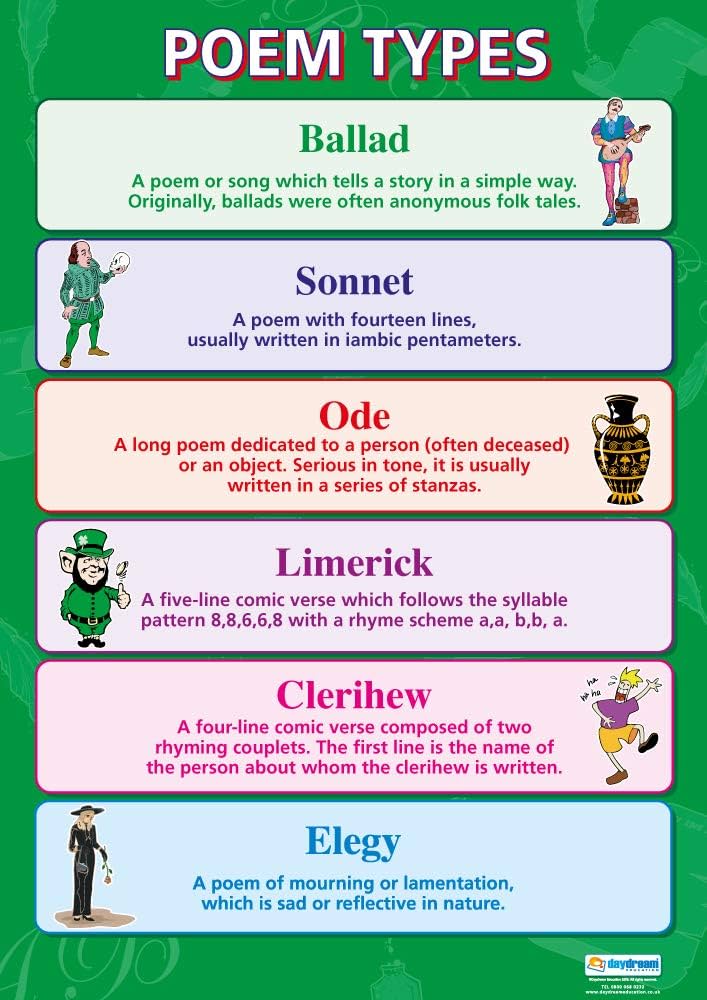Unit 5: Poetry II
1/12
Earn XP
Description and Tags
Name | Mastery | Learn | Test | Matching | Spaced |
|---|
No study sessions yet.
13 Terms
Free Verse
A type of poetry that doesn’t follow any specific rhyme or meter scheme.
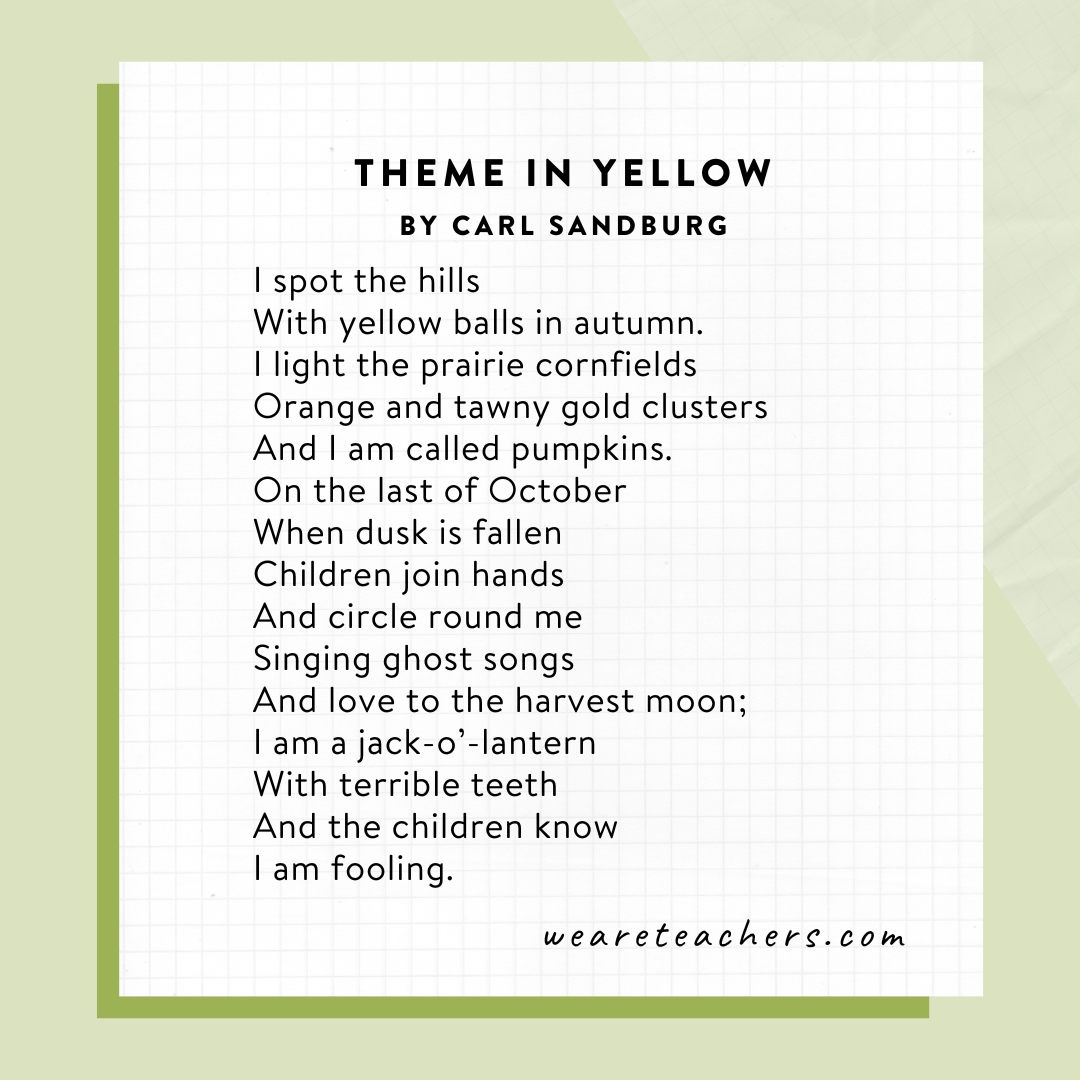
Understatement
The act of describing something in a way that makes it seem less important, serious, or extreme than it really is.
Haiku
A form of Japanese poetry that consists of three lines. They usually aim to capture a moment in nature or express an emotion in a concise and elegant way.
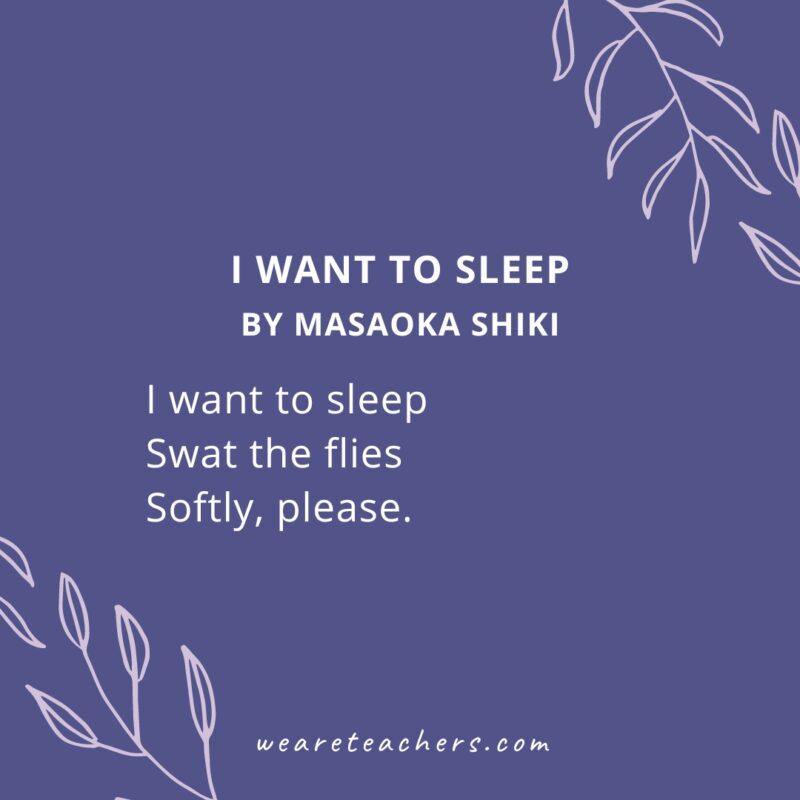
Personification
A literary device or figure of speech in which human qualities and characteristics are attributed to non-human entities, such as animals, objects, or abstract concepts.
Imagery
Found in various forms of literature, including poetry, fiction, and non-fiction writing. It is a literary device that uses words to create pictures in a reader’s mind.
Couplet
A poem consisting of two lines, each group of two is used to complete a thought or idea. The two couplets typically rhyme.
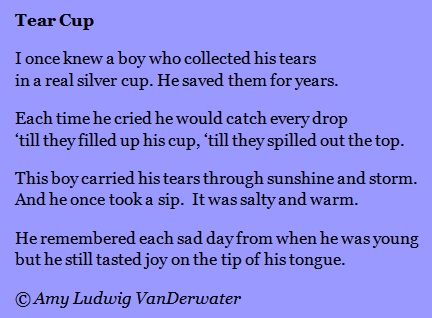
Prose Poetry
A type of creative writing that combines the characteristics of prose and poetry.
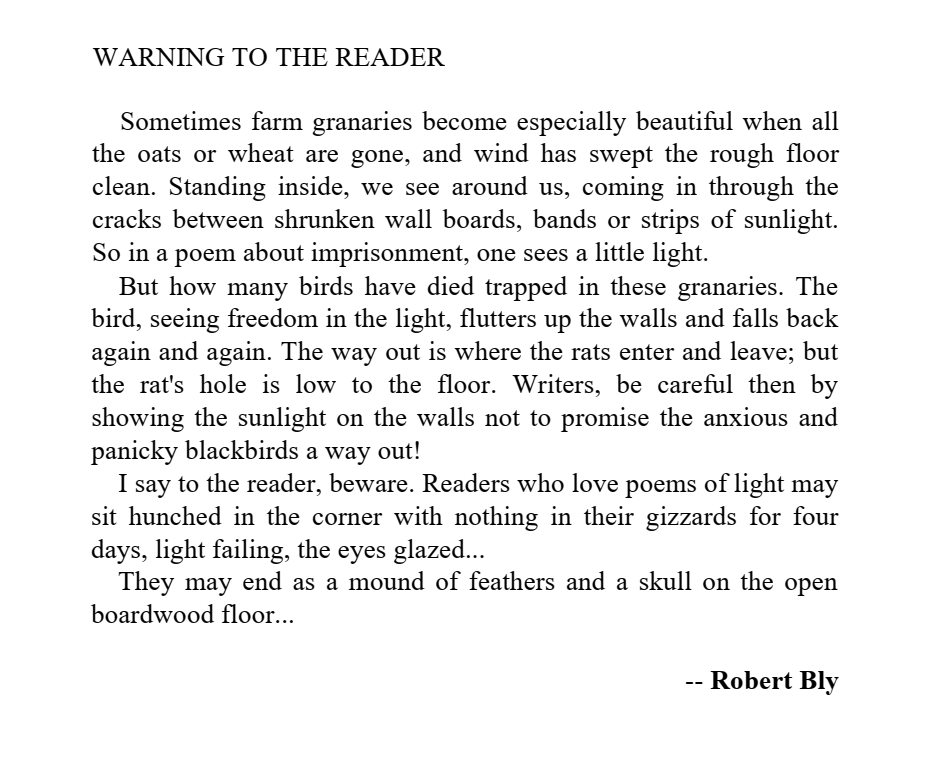
Sonnets
Often written in, iambic pentameter, meaning each line contains 10 syllables with alternating stressed and unstressed syllables.
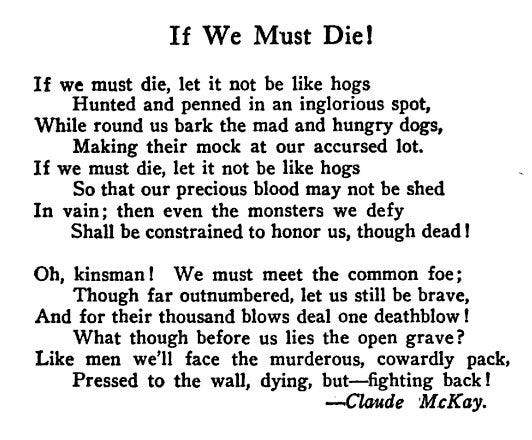
Hyperbole
A figure of speech that involves an exaggeration or overstatement for emphasis, humor, or rhetorical effect.
Close Structure
Refers to the use of a tight and rigid framework for organizing literary works, such as poetry or prose.
Allusion
A figure of speech that refers to a well known person, place, event or work of art in order to convey an idea or message.
Extended metaphor
A literary device that compares two things in a more detailed and elaborate way than a simple metaphor.
Some other poetry structures (don’t have to be familiar)…
Ex.
